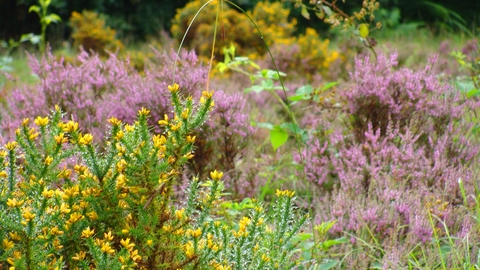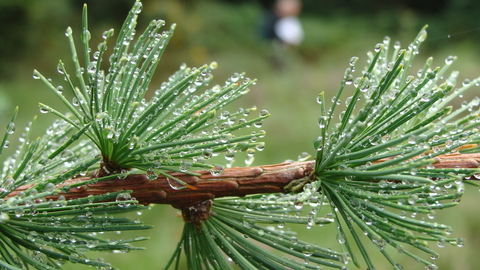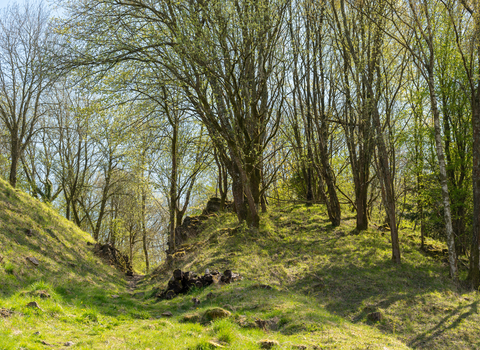Location
Know before you go
Dogs
When to visit
Opening times
Open access throughout the yearBest time to visit
November to March, June to SeptemberAbout the reserve
Remote Edgehills Bog is a relic of the wet heathland that was once more common in the Forest of Dean. Its heathlands and ponds support a rich variety of plants that thrive in a moist environment, with purple moor-grass, sphagnum moss, rushes, common cotton-grass, marsh violet and carnation sedge dominating the wetter areas. Heather, bilberry, heath milkwort and lousewort can be found on drier parts. Edgehills Bog has a large number of dragonfly and damselfly, along with woodland and heathland birds.
The nature reserve is situated on top of the eastern boundary ridge of the Forest of Dean and is grazed by free-roaming sheep, Exmoor ponies and Highland cattle. It’s a great spot for enjoying views over the east of Gloucestershire.
The ridge on which Edgehills Bog is situated is thickly wooded with mostly oak and conifers. The area covered by the nature reserve was partly cleared during the 1980s. The land belongs to Forestry England and is managed by GWT.
Future Plans
Work will continue to enhance important heathland habitats through the careful management of encroaching scrub, gorse, birch and bracken, helped by ongoing conservation grazing by sheep, Highland cattle and Exmoor ponies.
More detailed directions
Edgehills Bog is remote and difficult to find. The postcode GL17 OHB will take you along the A4136, look for a forest track opposite a road sign for ‘The Wilderness’.
The best way to reach it is to find a parking space and follow the path of the power lines for about half a mile.
Conservation grazing in the Forest of Dean
We’ve partnered with Foresters’ Forest to carry out conservation grazing in the Forest of Dean. The project aims to protect and enhance wildlife in the Forest by creating areas of open habitat, especially heathland.
Join Ben Robinson (Planning & Environment Manager, Forestry England) and Kevin Caster (Land Manager West, GWT) as they explore the benefits of conservation grazing and the positive impacts seen over the course of this project.





